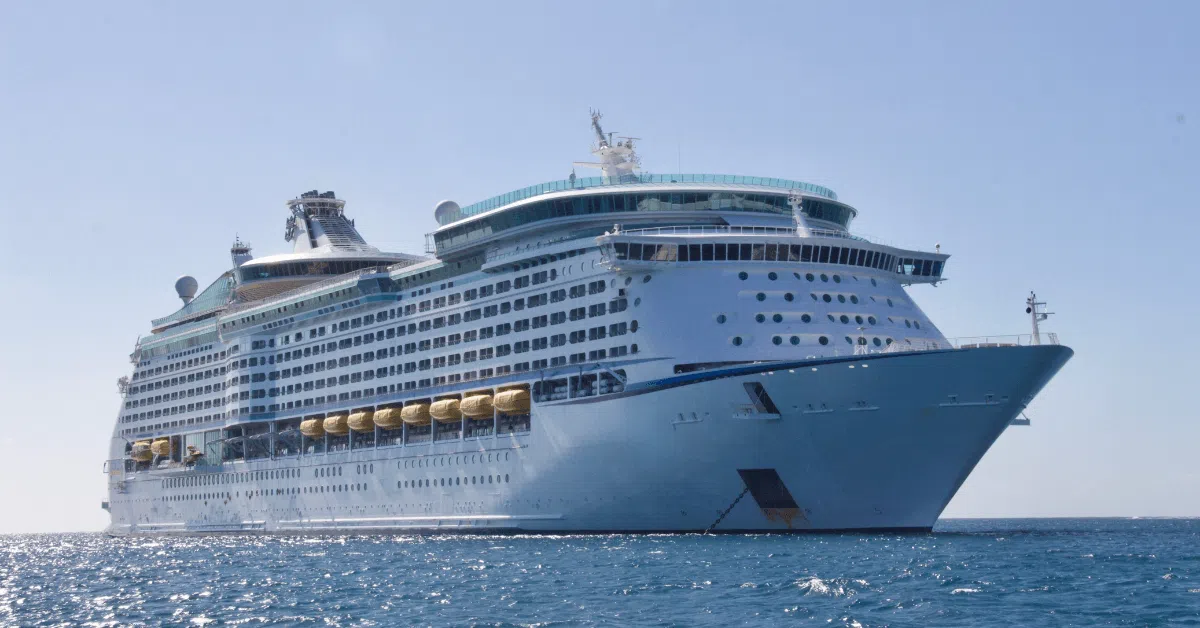Australia-based Provaris Energy has completed a concept design study that, according to the company, reaffirms the low energy use and low capital of its compressed hydrogen supply chain for regional marine transport of hydrogen in gaseous form.
The study was based on a 540 MW capacity reservation export site, producing 10 tonnes of hydrogen per hour, with an intra-Europe shipping distance of 1,000 nautical miles using the H2Neo carrier to deliver gaseous hydrogen to the customer at 70 barg, Provaris revealed, adding that an original equipment manufacturer (OEM) of high-pressure compressor equipment supported the study’s preparation.
As per Provaris, key outcomes of the study include:
Garry Triglavcanin, Provaris’ Product Development Director, commented: “The Concept Design Study reconfirmed the superior energy efficiency and low capital cost associated with compression for marine transportation of hydrogen. It is pleasing to receive detailed costings and equipment selection from the Compressor OEM, supporting our development case in Europe.”
“This Study has increased our confidence and understanding that many regional-European sites with a material level of renewable power reservation can significantly benefit from compression, when compared to the alternative of converting hydrogen into ammonia for marine transport. The benefits of compression include delivering more hydrogen in volume, using less capex, and boosting the financial returns to the producer whilst maintaining a highly competitive delivered cost to the customer.”
To remind, in its 2023 Hydrogen Marine Transport Comparison report, Provaris found that compression is a viable alternative and low-cost delivery method for the regional transport of hydrogen. The report explored the delivery cost of hydrogen for three hydrogen energy vectors (compression, liquefaction and ammonia) when integrated with a variable renewable energy profile to produce hydrogen.






